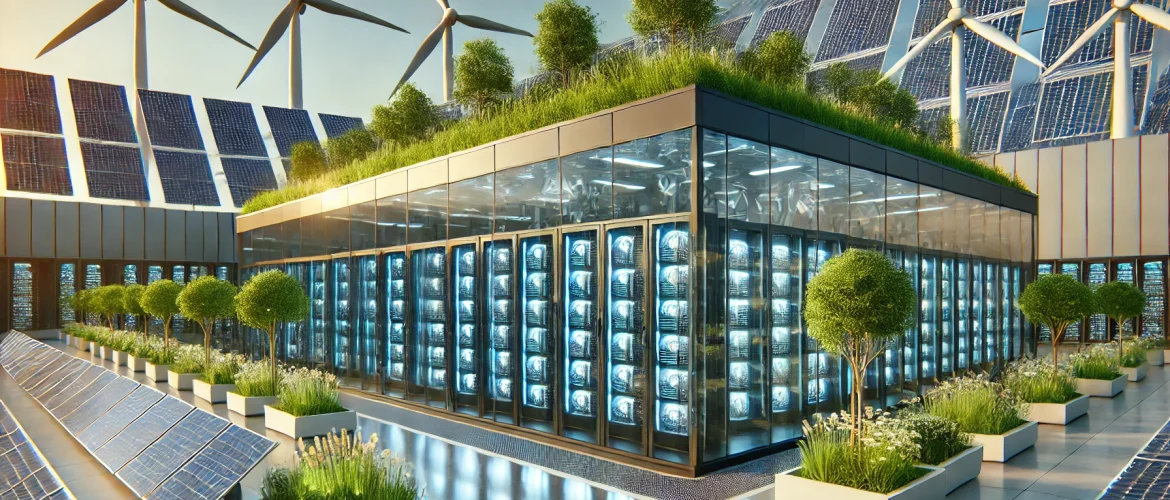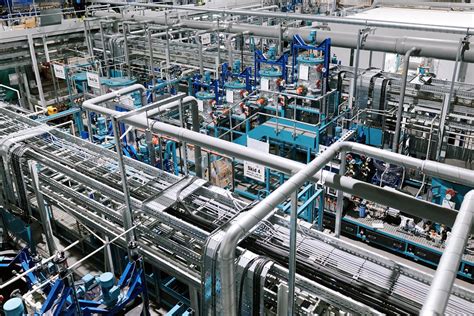Revenue Generation and Savings Models for Solar, Wind, and Co-Generation Projects
Our renewable energy co-generation projects have the potential to produce substantial revenue and cost savings with various revenue models, such as power purchase agreements (PPAs), direct energy sales, energy savings for on-site use, renewable energy credits (RECs), and feed-in tariffs (FITs). Co-generation (or combined heat and power, CHP) projects add value by producing both electricity and usable heat, enhancing efficiency and cost-effectiveness. The scale of the project (small, medium, or large) determines the revenue potential, savings, and the choice of operational and financial models.
Large-Scale Projects
Large-scale CNG, Solar and Wind Farms, generating 1 MW to 100+ MW, primarily earn revenue through long-term PPAs with utilities or wholesale electricity sales. Annual revenue for these projects can range from $500,000 to over $50 million, depending on capacity, efficiency, and market conditions. Large co-generation systems, often integrated into industrial complexes or municipal utilities, provide massive energy savings and additional revenue through the sale of excess electricity or thermal energy. Savings or revenue can exceed $1 million to $10 million annually, depending on the scale and application.
Factors Influencing Co-Gen Revenue and Savings
The revenue and savings of renewable and co-generation projects depend on several factors, including location, energy policies, technology efficiency, and operational scale. Incentives like investment tax credits (ITCs), RECs, carbon credits, and grants significantly enhance financial returns. Additionally, innovations in storage technology and grid integration can improve energy utilization and maximize revenue. Co-generation projects also benefit from higher efficiency rates (up to 80–90%) compared to traditional energy systems, making them cost-effective in regions with high energy costs or heat demand.
By leveraging appropriate models and aligning with local market conditions, solar, wind, and co-generation projects can achieve robust revenue and substantial energy savings, making them increasingly attractive in a de-carbonizing economy.
















